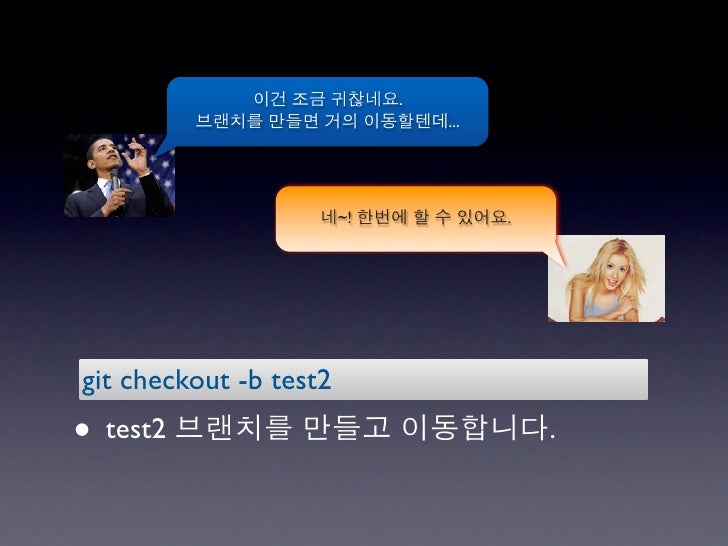

In addition, branches also facilitate several collaborative workflows. It makes it ridiculously easy to try new experiments without the fear of destroying existing functionality, and it makes it possible to work on many unrelated features at the same time. Having a dedicated branch for each new feature is a dramatic shift from a traditional SVN workflow. Think of it as a way to select which line of development you’re working on. Checking out a branch updates the files in the working directory to match the version stored in that branch, and it tells Git to record all new commits on that branch. The git checkout command lets you navigate between the branches created by git branch. The focus for the majority of this document will be checkout operations on branches.Ĭhecking out branches is similar to checking out old commits and files in that the working directory is updated to match the selected branch/revision however, new changes are saved in the project history-that is, it’s not a read-only operation. In the Undoing Changes topic, we saw how git checkout can be used to view old commits. In addition to the definition of "checkout" the phrase "checking out" is commonly used to imply the act of executing the git checkout command. The git checkout command operates upon three distinct entities: files, commits, and branches. In Git terms, a "checkout" is the act of switching between different versions of a target entity. It will cover usage examples and edge cases. If you have anything to add, please use the comment section.This page is an examination of the git checkout command. I hope you are clear about using git switch and checkout now.

So, it's a good practice to replace the branch creation and switching functionality of git checkout with git switch command. For new Git users, it is easier to remember that git switch is for switching branches, git restore is for restoring a commit. Why? Because it was created for this specific task. If you have to switch branches, use the git switch command instead of git checkout. Which one should you use? Git checkout or git switch?

At the same time git checkout remains there for advanced options to deal with tree-ish. The idea behind this move is to let people use git switch for switching branches and git restore for undoing changes from a commit. Just remember that git checkout does more than simple branch switching and the additional functionalities started creating confusion.Īnd hence, with the release of Git 2.23, its developers introduced two new git commands: git switch and git restore.

copy files from a tree-ish to the working tree.copy files from the stage to the working tree.It allows you to copy files from any branch or commit directly into your working tree without switching branches.Īs Dan Fabulich notes, git checkout does three things: It can also be used to restore changes from a certain commit. Git checkout is the old command which was used to create and switch branches. Difference between git checkout and git switch So, what's the difference between git switch and git checkout? If both can be used for switching branches, why are there two commands for the same purpose? Let me explain.
#Does git checkout readwrite how to#
If you look for how to switch branches in git, you'll come across some examples where git switch is used and some examples where git checkout is used. When you start learning and using Git, you'll come across the common situation where you have to change branches.Īnd here, things could become a bit confusing for you.


 0 kommentar(er)
0 kommentar(er)
